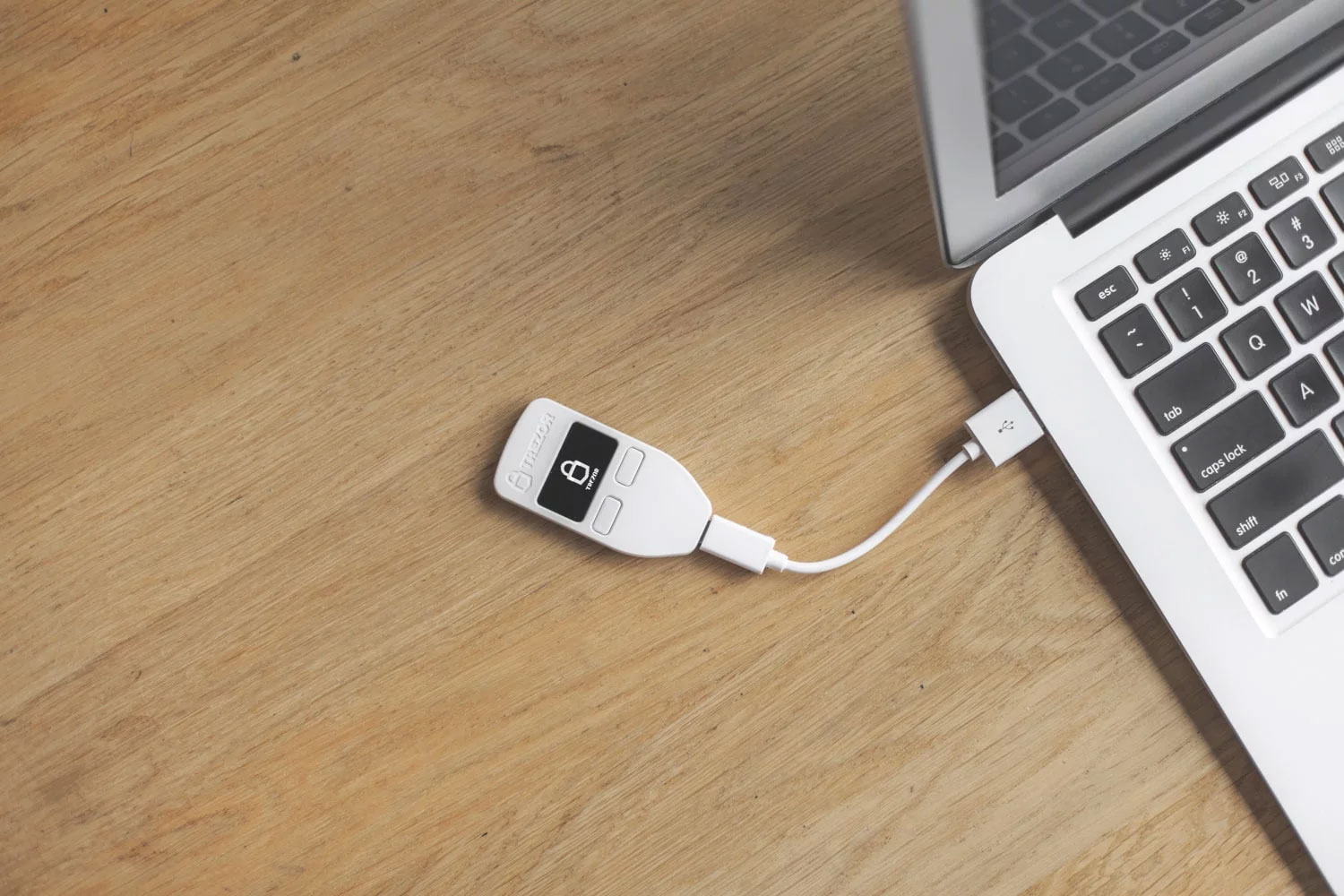Topics
Stratum Configuration
All of our stratum servers utilize GeoIP routing which automatically selects the server with the closest geographical proximity to your mining operation, resulting in optimal latency.
| stratum+tcp://btc.coinfoundry.org:3200 | ASIC Mining |
| stratum+ssl://btc.coinfoundry.org:3201 | Secure ASIC Mining (TLS/SSL) |
Login: Login using your wallet address as username. An optional workername can be appended to your address separated by a dot character. Password can be left blank.
ASIC BOOST: This pool fully supports Version-Rolling ASIC Boost - also known as Overt ASIC Boost. This feature is supported on Halong Mining's DragonMint T1 and hardware based on Bitmain's BM1380 chip such as Antminer S9, R4, S9i, S9j, T9 and T9+.
Static difficulty: To mine with a static (fixed) difficulty simply use d=xxx as password in your miner configuration where xxx denotes your preferred difficulty.
Dashboard
To open your personal mining dashboard, click the My Stats tab to the right of this page, enter the wallet address you are mining with and click Load.
Antminer S9 ASIC Mining
- Navigate to the "Miner Configuration Tab" inside the Antminer's web-interface and enter
stratum+tcp://btc.coinfoundry.org:3200as the Url for Pool 1. - Now enter your Bitcoin address in the "Worker" field of the first pool. If you don't know your Bitcoin wallet address, read this section first.
- If you are mining on multiple machines/rigs, you can append an identifier of your choice to your wallet address seperated by a dot to make it easier to distinguish between your rigs when evaluating your results. Example:
<WALLET ADDRESS>.<OPTIONAL WORKERNAME> - Click "Save"
- You are now good to go to start mining
Getting a Wallet
Before you can start to mine you need to create a wallet. Although Bitcoin is an entirely digital asset, you still need a place to store them. This is done in a digital wallet. There are multiple methods to obtain a wallet which vary by ease of use and the security they provide.
Official Wallets
Official first-party Wallets for all major platforms are available from the Bitcoin Website. These wallets are released and maintained by the Bitcoin Team.
Paper Wallets
For long-term storage of Dash you should create a paper wallet. A paper wallet is extremely secure if you guard your private key by storing it in a password vault such as KeePass or LastPass or printing it out and depositing the sheet in a real bank vault.
Hardware Wallets
A hardware wallet is a special type of wallet which stores your private keys in a secure hardware device. Hardware wallets offer robust safety features for storing cryptographic assets and securing digital payments. The most popular hardware wallets are the Ledger Nano S and the Trezor.![]()
Registering with a Crypto-Exchange
There are multiple digital currency exchanges you can register with. Registering with an exchange allows you to create a wallet on the exchange for every currency the exchange supports.
Popular exchanges are: Binance, Bittrex, Poloniex, Kraken, Bitfinex and HitBTC.
| Miners | 0 |
| Hashrate | 0.00 H/s |
| Network Hashrate | 100461.38 PH/s |
| Network Difficulty | 16.8 T |
| Algorithm | Sha256D |
| Difficulty/Port |
8192
3200
8192
3201
|
| Payment System | PPLNS |
| Fee | 0.6% |
| Minimum Payout | 0.01 BTC |
| Pool Wallet | bc1q7hj2duk039m3cdnqzpycy4d8g6tutdc06stj8d |
 Bitcoin Mining Pool (BTC)
Bitcoin Mining Pool (BTC)